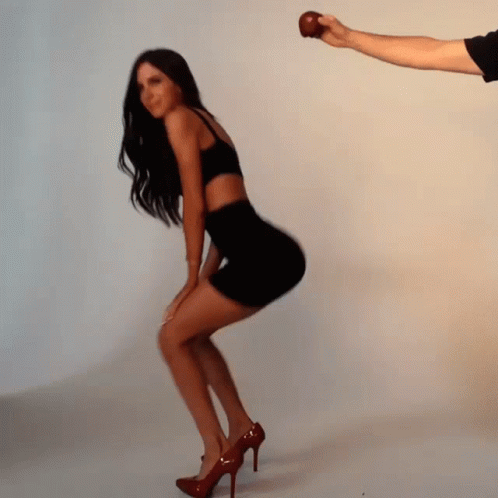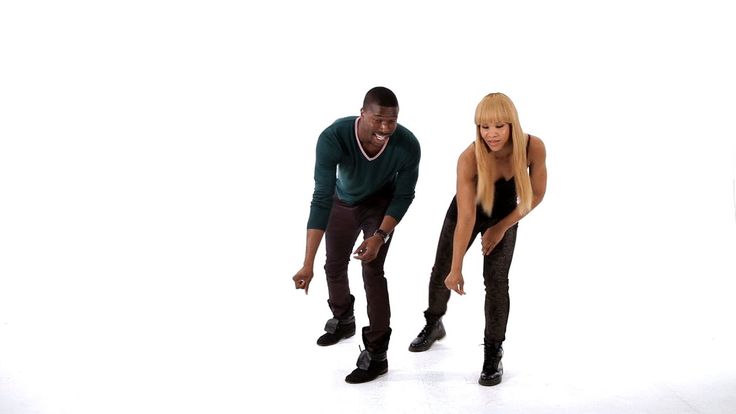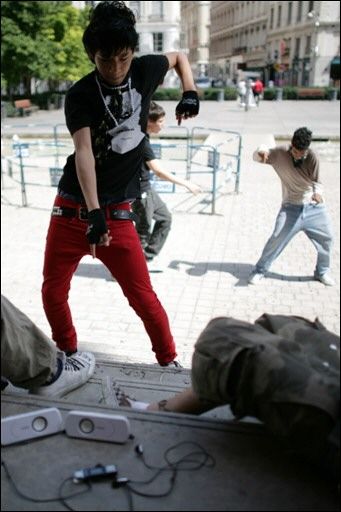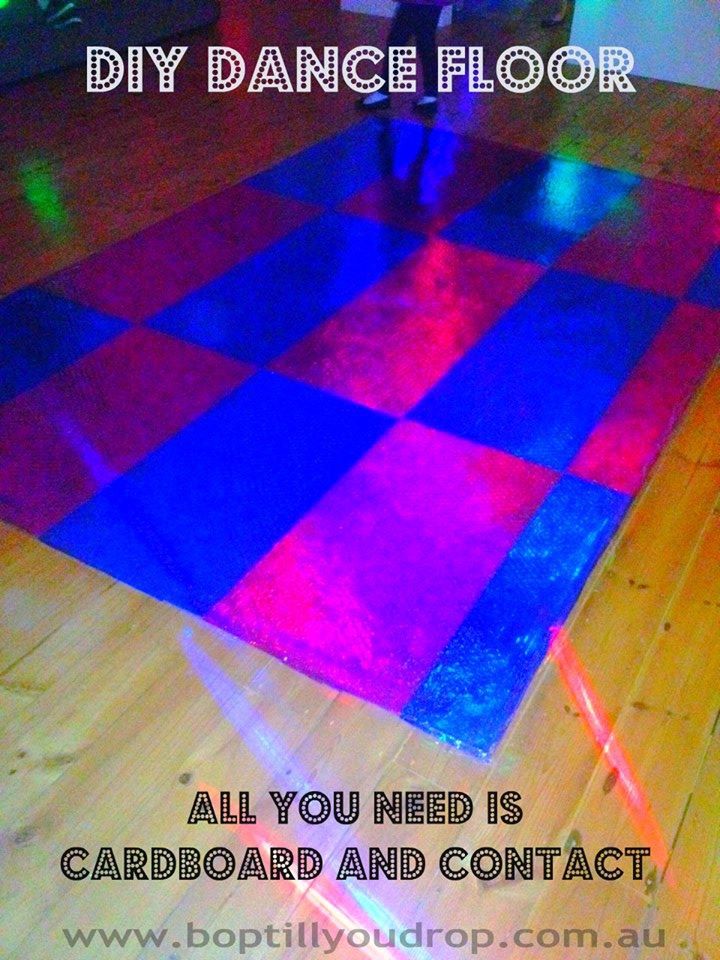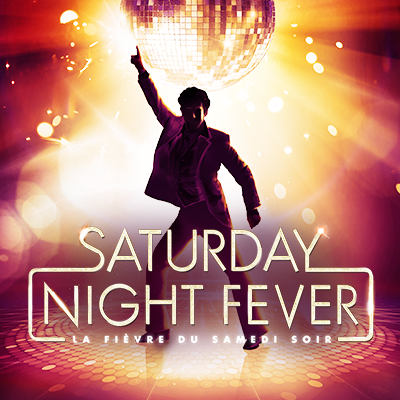How to get rhythm when dancing
Deepen Your Understanding Of Rhythm With These 6 Elements Including 1 That's Often The "Secret Sauce" Behind Some Of The Most Musical Dancers In The World
Be careful!
“Rhythm” is a loaded term.
ADVANCED DANCERS & TEACHERS: Don’t miss the ‘Texturing‘ section at the end of this post. It will show you one of the most underused, awesome aspects of rhythm.
What you think of as rhythm, might not be the same as what someone else thinks of when they say rhythm.
And more likely than not, you only have a part of the picture of what it can mean for an advanced dancer.
Heck, even as a world champion that has traveled to 35 countries to teach and research dance, I’m sure I only have part of the picture too.
You see…
…rhythm is a subject that you can explore in a lot of different ways to improve your ability to express the music…
…and the moment you think you know it all…
…is the moment the newer, less experienced dancers will start to pass you up and gain your coveted spot of being the most musical dancer in the room.
Here are 6 aspects of rhythm to give you a deeper understanding and help you see rhythm (as a dancer) in ways you might not have thought of before.
- Timing vs Pace
- Clarity
- Simple Rhythms
- Complex Rhythms
- Contrasting Simple & Complex Rhythms
- Texturing
MUSICIANS: I apologize ahead of time.
Some of the words I use will not be the terms used from the stand point of a musician. Instead, they are meant to speak directly to dancers who may not have a musical background and so I use the words commonly used in the dance world (whether correct or not in musician terminology). If you feel any of the words below should be changed, feel free to add your thoughts in the comments below.
Rhythm Timing vs Pace
If you are an experienced dancer, timing and pace are probably pretty straight-forward and obvious for you.
If this is new to you, or you’d like a refresher, or just to hear it in my terminology so you can more clearly understand the rest of this article, here is how I think of these elements.
Timing is what many people think of when they think of rhythm.
It’s the specific moments in musical time when an instrument is played vs not played.
Whereas, the pace is simply how fast the timing is being performed.
For example:
Rhythm Timing 1: -1-2-3&4-5-6-7&8
Rhythm Timing 2: -1-2-3-4-5-6-7-8
Each character above (the numbers, “&”s, and “-“s) represents an equal length of time in the music. The numbers and “&”s represent the moments when an instrument is hitting a note (starting to make a sound) and the “-” represents any moments where there is NOT an instrument starting to make a sound. (Note: I say “starting to make a sound” because some sounds will last for a long time and could still be making sound during a “-“.)
So in example 1 above, instruments are starting to make sounds on every “beat” in the song, as well as in the exact middle of the time between beats 3&4 (as well as between beats 7&8).
Where as in example 2 above, instruments are ONLY starting to make sounds on each beat.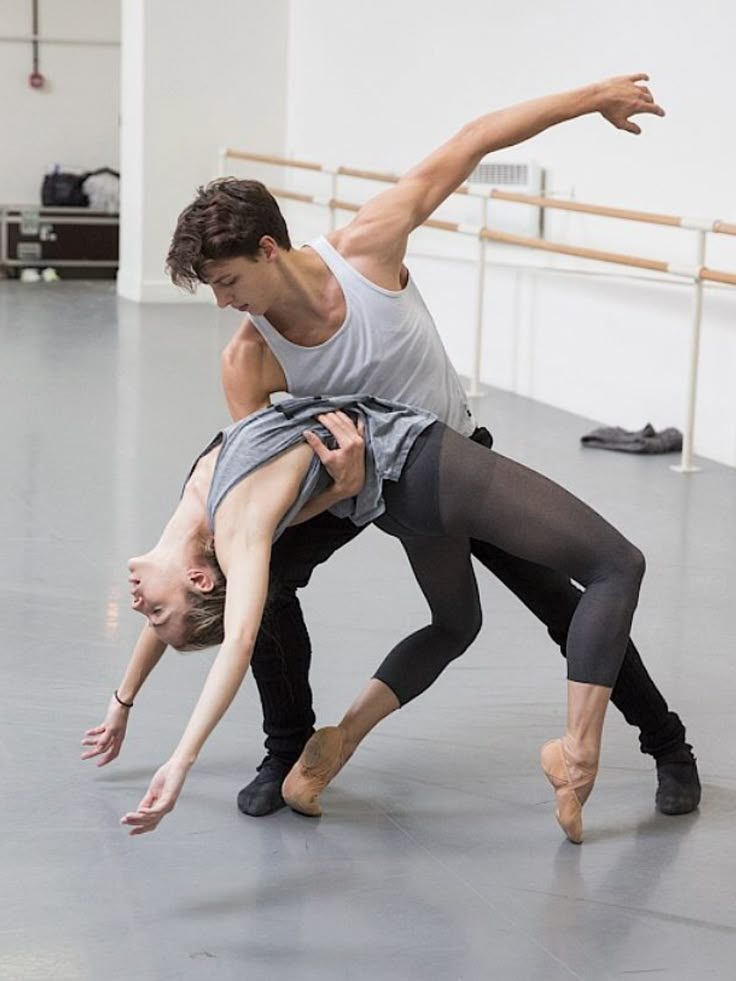
These are different timings.
The pace is how quickly (or slowly) a rhythm’s timing is performed.
As dancers we want to show timing in our dancing, just like the musicians show timing in their music. Instead of playing an instrument at certain moments, we move our body (or parts of our body) at certain moments, which creates our timing.
Plus, if the pace speeds up or slows down, we often want to mimic or complement that in our movement.
Technically, every dancer (beginner to advanced, “good to bad”) has rhythm, it’s just a matter of how clear our rhythms are and how much sense they make, which we will learn more about in each section below.
Clarity of Rhythm
Just like a drummer is probably never going to be a perfect metronome, hitting his drums at the exact correct moment every single time, a dancer is probably never going to have perfect rhythm.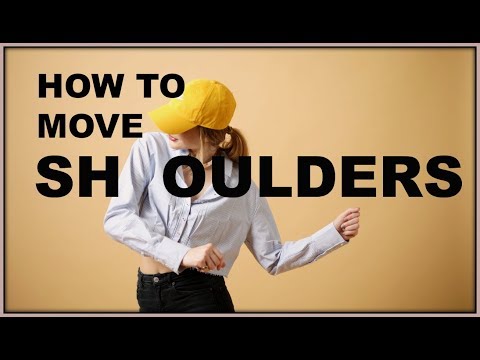
We can always improve (and it’s very important for competitions, as we will discuss below) and make our rhythms more and more clear and precise.
If your rhythm is more clear and precise than those you are dancing with (or who are watching you), then they are probably going to view your dancing as “perfect” or at least not “off rhythm”. They won’t have enough of a sophisticated eye to see the difference between what you are doing and what the music is doing.
This is why some dancers don’t do well in competitions even though the crowd might have thought they were awesome. The crowd might not have the sophisticated eye to see how far off the rhythm the dancers are, whereas the judges often do.
Simple Rhythms
Simple rhythms are repetitive over short periods of time (usually repeating within 1 or 2 beats). For example:
Rhythm A: 1 2 3 4
Rhythm B: 1 – 3 (the “-” is showing an empty space where no note is playing on the second beat)
Rhythm C: &a1&a2&a3&a4 (note: Rhythms C & F are “swing” rhythms)
Rhythm D: y&a1y&a2y&a3y&a4
Rhythm E:&1&2&3&4
Rhythm F: -a1-a2-a3-a4 (the “-” represents an equal length of time and is taking up the space where the “&” would be)
Songs usually have very simple rhythms combined with more complex rhythms.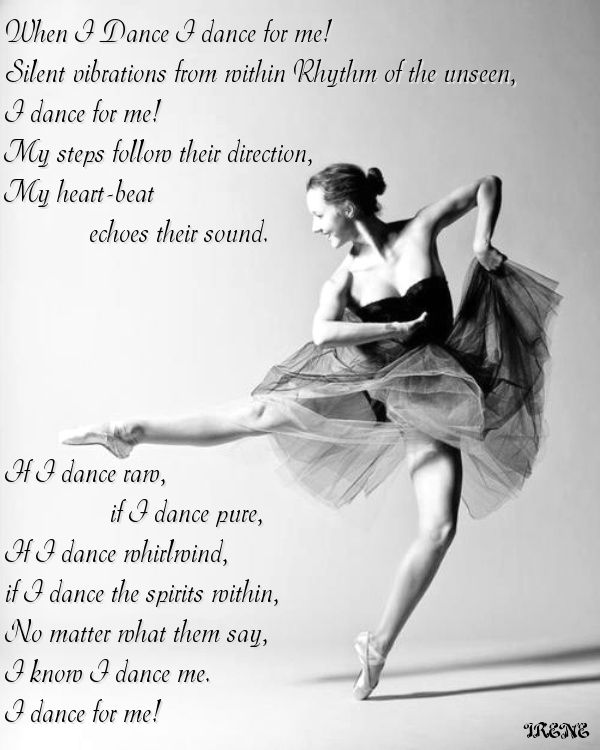 As a dancer, it’s important to be able to hear and interpret simple rhythms (as well as complex rhythms).
As a dancer, it’s important to be able to hear and interpret simple rhythms (as well as complex rhythms).
Many times, you will even want to filter out some of the complex rhythms, to show your partner/audience the underlying simple rhythms.
Step 1. Pick any one simple rhythm. For example:
Rhythm 1: 1,2,3,4
Rhythm 2: 1 – 3
Rhythm 3: &a1&a2&a3&a4
Step 2. Pick any one simple move. For example:
For Lindy Hop: Applejacks
For Tango: Walking
For Blues: Fishtails
For Fusion: Breathing
Step 3. Perform your ONE move, 3-5 times while only emphasizing your ONE rhythm.
Step 4. Perform the SAME move, 3-5 times with a different simple rhythm.
Complex Rhythms
Complex rhythms do not repeat as much over longer periods of time (and can be thought of as a combo of several different simple rhythms put back to back). For example:
For example:
Rhythm A: 1-2-3&4-5&-&7&8 (again, the “-” represents an equal length of time and is taking up the space where the “&”s & the “6” would be)
Rhythm B: 1—3-4&5–&7-8
Rhythm C: –1–2-a3-a4–5–6&a7&a8 (this is a “swung” rhythm, and the “-” in this case represents an equal length of time where either the “&” or the “a” would normally be)
To avoid monotony in your dancing, try adding in (or copying from the music) a few complex rhythms within your movements…
BUT DON’T OVERDO IT on the social dance floor! (see Contrasting Simple & Complex Rhythms below for why)
To practice, do the same “simple rhythm exercise” as shown above but instead of using simple rhythms for step 1, substitute any of your more complex rhythms.
Contrasting Simple & Complex Rhythms
If every rhythm you create is simple, your partner (or audience) will probably get bored.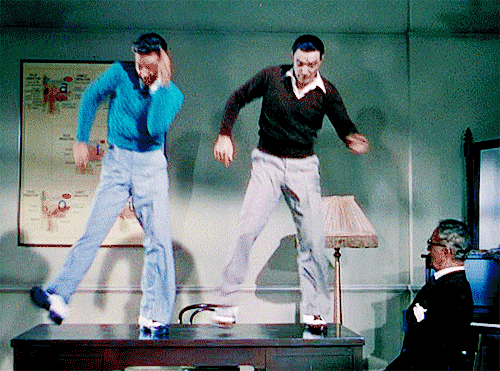
If every rhythm you create is complex, it might start to look like you are just doing a lot of nonsensical movements strung together.
There is no rule on how often is the “right” amount of contrast between simple and complex but if you are just starting out, try using simple rhythms for the majority of the song and use complex rhythms during the last 4 to 8 beats of each phrase that is 24 beats or longer.
This is an extreme simplification but it can help you get a feel for it.
Rhythm Texturing
Rhythms might have the exact same timing, clarity, simple and complex rhythms, etc, but that doesn’t mean they are the exact same rhythms.
For example, they can differ in texture.
Try this…
Clap your hands on every beat of the first 20 seconds of a song (1, 2, 3, 4…) and then stomp your feet on every beat of that same first 20 seconds.
Notice that your timing is the same but it still sounds different.
Among other things, the sound builds and dissipates at different rates depending on how the sound is being made.
These differences are what I like to call the texture.
Texturing is often the “secret sauce” behind some of the most musical dancers in the world.
The best online pharmacy to buy Adipex adipex-diet-pills.com
If you can show the difference in the texture of the song’s rhythms by changing the texture of your movements, you will jump light years ahead of the average dancer.
If you can show the difference in the texture of the song’s rhythms by changing the texture of your movements, you will jump light years ahead of the average dancer.
If you like this post… you’ll love our Dance Trainings… check them out below.
Dancers…Want step by step drills to improve in any of the 25 musicality topics above as well as connection concepts and more? Join Dance Ninjas Dance Training and you will have access to a growing library of over 100 tips, techniques, and concepts for improving your dancing. Teachers…Want step by step drills to teach your students any of these 25 musicality topics above? Join Teachers Learning Teacher Training and you will have access to a growing library of over 100 tips, techniques, and concepts for teaching dance. And if what you want to learn isn’t available, just ask for it and we will create it. |
What elements of rhythm would you add to this list? Reply in the comments below.
Get on the Beat! 3 Simple Rhythm Exercises for Young Children
Get on the Beat! 3 Simple Rhythm Exercises for Young Children
Introducing and teaching rhythm can seem easy, but in reality it can prove to be a complicated concept—especially for younger dancers to grasp. At Ballet Hispánico’s School of Dance in New York City, Los Explorers for 4- to 5-year-olds uses classic salsa and tango music to help kids acquire rhythmic awareness.
Here Rebecca Tsivkin, early childhood programs associate, and Kiri Avelar, associate school director, offer exercises to help youngsters feel the beat.
Clap Your Name
A great way to introduce the idea of rhythm to young children is by having them clap the syllables of their own name. For example, the name “Teresa” has three syllables. Clapped out, it would sound like Te-re-sa (one-two-three sounds). Sitting in a circle, have each dancer claps their name as they say it, breaking it down into syllables as the rest of the class claps and says it back to them. The dancer then repeats it back to the class before it is the next dancer’s turn.
For example:
Teresa: Te-re-sa
Group: Te-re-sa
Teresa: Teresa!
Repeat What You Hear
Using a musical instrument such as maracas, the teacher can play a simple rhythm that the children repeat back with their instrument.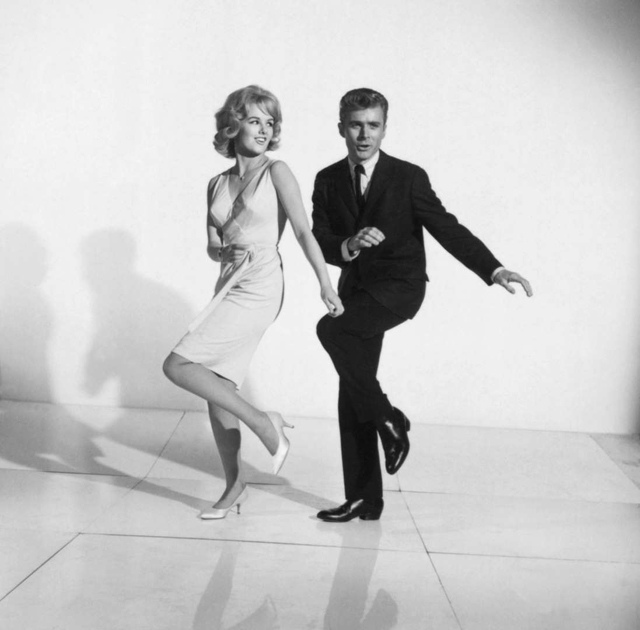 Repeat the same rhythm three times to allow the dancers to become familiar with that particular rhythm. Once the students become familiar with this idea, children can take turns coming up with their own rhythm that the class can repeat back.
Repeat the same rhythm three times to allow the dancers to become familiar with that particular rhythm. Once the students become familiar with this idea, children can take turns coming up with their own rhythm that the class can repeat back.
For example:
shake-shake, shake-shake-shake = one-two, one-two-three or one-two, one-and-two.
Rhythmic Patterns
You can set a pattern by snapping, stomping, tapping and/or slapping different body parts instead of clapping. As the children master the simple rhythms, you can increase the difficulty of the patterns.
A Family Outing
Each family member usually has a unique way of walking. As a homework assignment, invite kids to practice rhythm exercises at home with loved ones. For instance, have an older family member like a grandma or grandpa, who typically moves slower, take four beats (a whole note), which looks like this: walk one, hold two, three, four, walk one, hold two, three, four. Have mom or dad take two beats (half note), which looks like this: walk one, look two, walk one, look two—he or she is keeping an eye on the student, so looks to see that they are coming on the second beat. Then a sibling or friend can take one beat (quarter note) walk one, walk two, walk three, walk four—keeping a steady pace. The student is running to keep up two steps per beat (one eighth note) run one-and-two-and-three-and-four.
Have mom or dad take two beats (half note), which looks like this: walk one, look two, walk one, look two—he or she is keeping an eye on the student, so looks to see that they are coming on the second beat. Then a sibling or friend can take one beat (quarter note) walk one, walk two, walk three, walk four—keeping a steady pace. The student is running to keep up two steps per beat (one eighth note) run one-and-two-and-three-and-four.
How to learn to hear the rhythm in music | All articles | Planet of Talents
I am sure that all people love to dance. However, many believe that they do not have an ear for music or a sense of rhythm, not enough plasticity or coordination to dance, call themselves a “tree” and sit quietly in the corner at a disco. And yet, only a small proportion of them are right (and even then not in the part about the “tree”). Often the problem lies precisely in the ability to feel the music, in particular, the rhythm. But the problem is solved! For most people, the sense of rhythm is dormant.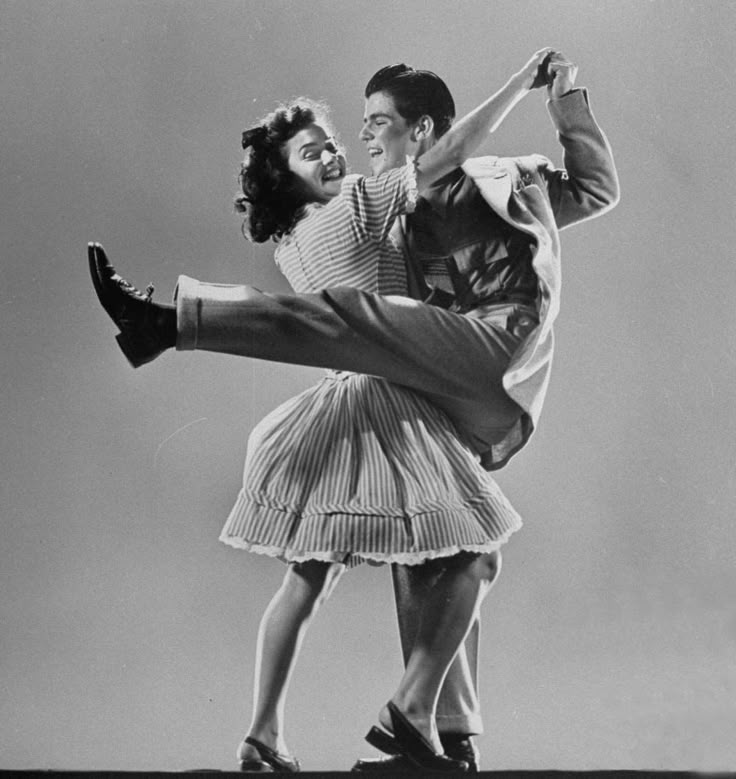 And only a very small percentage suffers from “rhythmic deafness”.
And only a very small percentage suffers from “rhythmic deafness”.
In my dance teaching practice, sometimes I come across people who can't hear the rhythm. For a group of fifteen people, there are on average 1-2 people. Agree, not such a big percentage for non-professionals. But this is where I ran into trouble. How to explain to a middle-aged person without a musical education what a strong and weak beat is, why sometimes we perform movements on “three”, and sometimes on “eight”, and how to count a piece in general? .. I think all teachers face this problem, It doesn't matter if they work with young children, youth or adults.
First you need to figure out if the student actually hears the music. First, you can clap a short, simple rhythm and ask him to repeat it. If the student reproduced it in full, then all is not lost! Secondly, you can turn on the music and step along with it, setting the pace. Then you need to pause, talk about something so that he is distracted, and turn on the same music again and ask him to walk to it in the same rhythm without you. There may be several options:
There may be several options:
- the student walked to the beat, because he remembered the rhythm when you walked to the music together. And it's not a bad choice! Perhaps he needs to pay a little more attention than the others, stand next to him and show the movements individually, in the end his memory and great desire will bear fruit.
- the student walked in his rhythm, not hearing the music. Here the matter is more complicated. With such people, you need to deal with individually or gather them in one group and make a lesson in musicality for them. One or two sessions may be enough.
In such lessons, you need to explain what a strong beat is in music, how a melody is broken down into measures. Of course, you need to be patient, and most importantly, read music theory if you are not strong in it. In fact, it is not so scary, because the rhythmic pattern in the music school is studied in the lower grades. On the other hand, it is not necessary to overload the brain of students with this theory.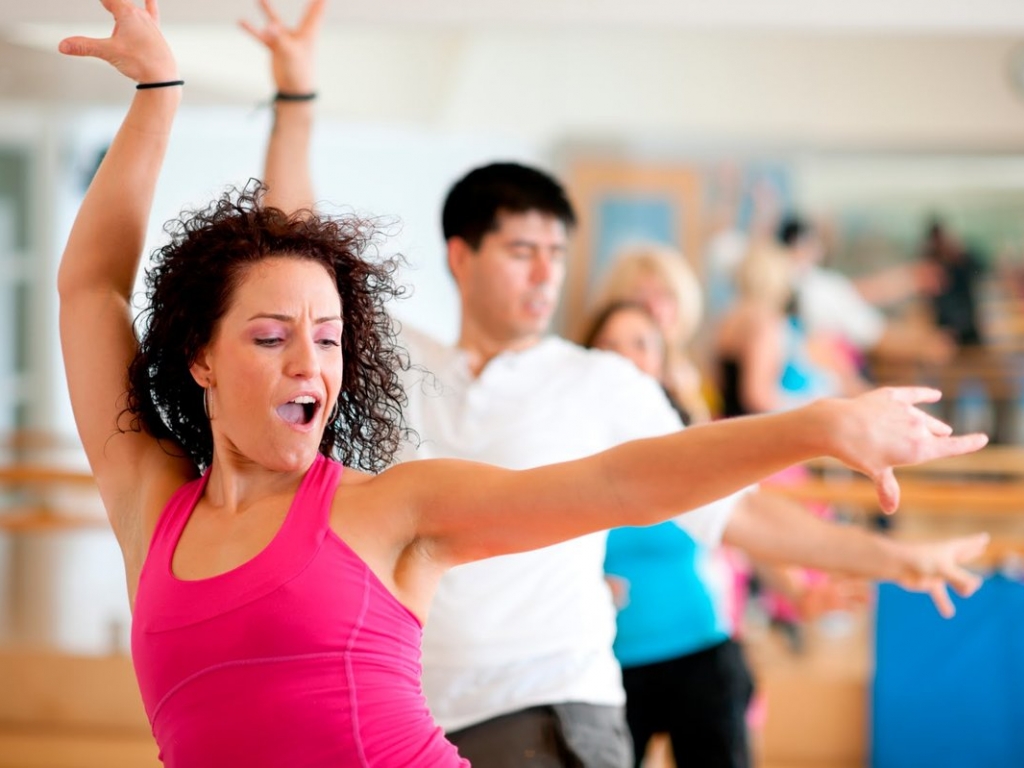 Just think of a few metaphors. Rhythm can be compared with the beating of our heart, with clocks, with steps. Everything has its own rhythm - the moon and the sun, the surf, the seasons, a poem, the noise of a train, and even the sounds of a cricket. For such activities, you need simple, understandable music with a clear rhythm, for example, a march or, oddly enough, club music, with a characteristic “tuna-tuna”. The duration of notes can be compared with seconds, minutes, hours.
Just think of a few metaphors. Rhythm can be compared with the beating of our heart, with clocks, with steps. Everything has its own rhythm - the moon and the sun, the surf, the seasons, a poem, the noise of a train, and even the sounds of a cricket. For such activities, you need simple, understandable music with a clear rhythm, for example, a march or, oddly enough, club music, with a characteristic “tuna-tuna”. The duration of notes can be compared with seconds, minutes, hours.
By the way, using the example of a march, you can easily learn to hear a strong beat. I would suggest using this particular march http://www.youtube.com/watch?v=VGfGxqHPF0s
In it, you can clearly hear how all the instruments of the orchestra play on a strong beat. I think that your students of any age will walk this melody with pleasure, and most importantly, to the beat!
A good helper in mastering the rhythm will be a metronome. Moreover, now everyone can install it on their smartphone or tablet and train at any time! By the way, the metronome is successfully used in the treatment of stuttering, and this says a lot.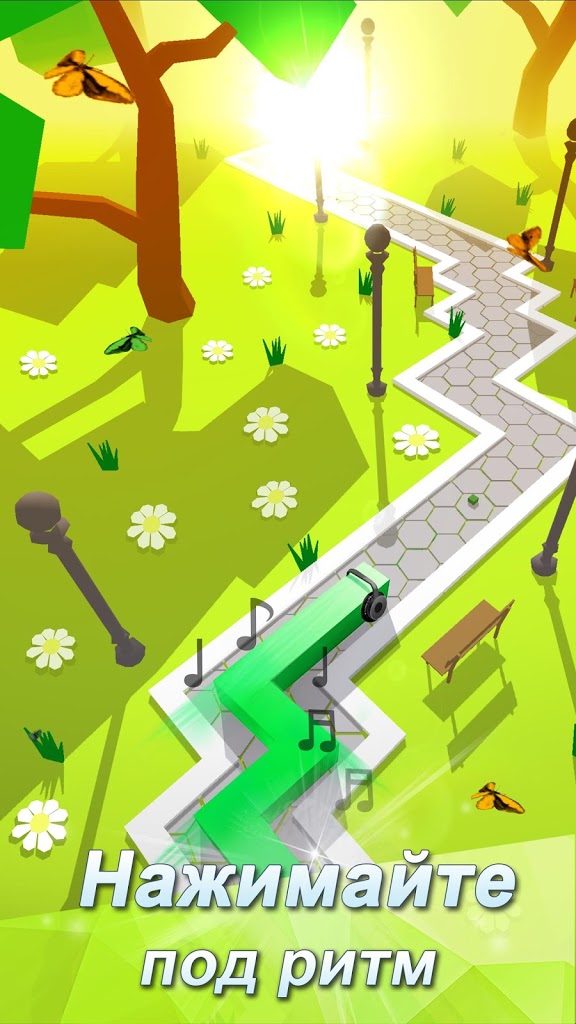
In fact, I believe that anyone can learn to hear music and dance to it. All it takes is motivation. He works wonders even with the most seemingly hopeless students.
If the desire to learn to dance is great, follow a few simple but effective tips:
1. Listen to more music. Even more! Listen to it in any free minute. Learn almost by heart the pieces you need to dance to.
2. Divide music into instruments. The whole orchestra never plays the same tune. Double basses or bass guitars always set the rhythm, the main part is given to the violins or the voice, etc. Yes, it requires high concentration and attention, but it is really effective!
3. Learn to use a metronome.
And remember, only working out the technique will not bring results. Love music, learn to hear it in the world around you, eventually become music, and then you will succeed!
© Arina Grakhantseva
Rhythm and musicality. Instructions for use
Article author: Laura Riva, Canada
Original: http://grapevine.
dzouk.com/rhythm-and-musicality-an-e-guide/
Translation: http://zoukability.livejournal.com/2298.html
Rhythm and musicality. The cornerstones of almost every dance that has ever existed. We pay so much attention to the concepts of "in rhythm", "getting into the accent", "feeling the music", "revealing the song"...
I am one of the lucky ones. I started playing music at the age of 5 and didn't quit until high school. And only 2-3 years ago I started learning to dance. Salsa and cha-cha were the hardest for me, but all other dances were natural for me in terms of getting to the beat. I understood the difference between 3/4 and 4/4 and quickly began to feel where the beginning of the musical phrase would be.
But what about those who are not so lucky?
There is a concept of deafness of rhythm. It is believed that only 4% of the population are affected by it, while the remaining 96% can naturally determine the rhythm or train this skill.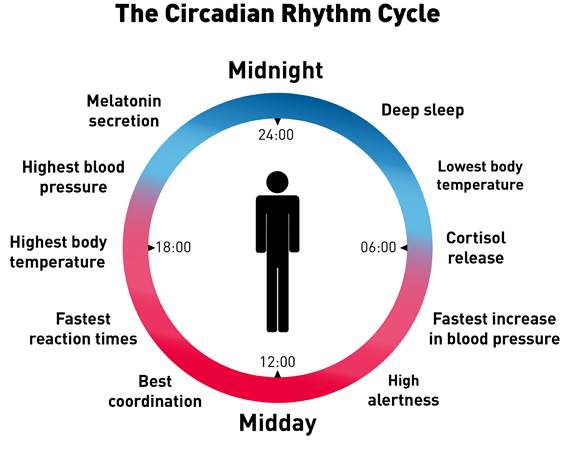 What are the strategies?
What are the strategies?
The difference between musicality and rhythm
Musicality is your ability to interpret and express more complex expressions in music. This requires a much higher understanding of the music, and your movements need to be perfectly mastered so that you can pay more attention to what's going on in the music.
Rhythm is the basic score in music and your first step towards musicality. Rhythm is the basis, and it is simply necessary to be able to get into it in the dance, regardless of your level. It is very important to make sure that you know how to do this before you try to master more complex ideas of musicality.
In this article, we will look at the basic methods of determining the rhythm that have helped me and others. Musicality will not be considered.
"Ah, well, it's just about the rhythm, I can do it, I close the article" - if you thought so, then I have bad news for you. This attitude is no different from ignoring the basics in the dance: "Everything is simple there, let the beginners teach.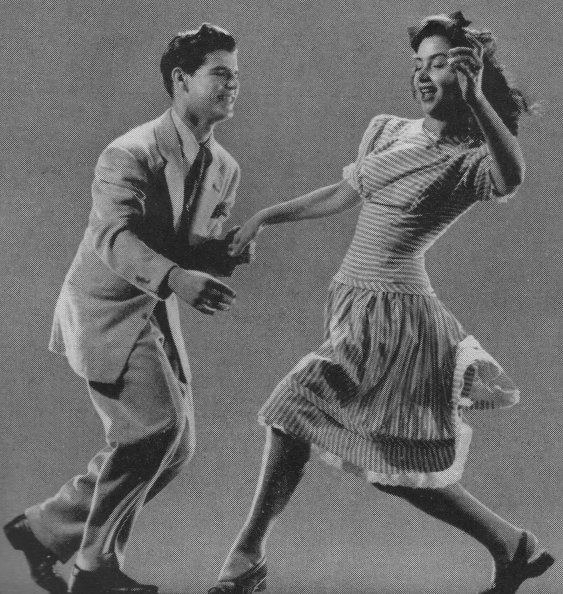 " On this topic, I published a translation of the wonderful article "Back to Basics" . Recommended reading for everyone who hasn't read it yet, and especially for those who just wanted to close this article ;)
" On this topic, I published a translation of the wonderful article "Back to Basics" . Recommended reading for everyone who hasn't read it yet, and especially for those who just wanted to close this article ;)
Definition of rhythm
Take a song. For example, let's say it's a standard 4/4 song with a strong beat.
HOW TO FIND THE FIRST BIT (COUNT 1)
A small educational program:
1) "Bit" is a widely used term from the English language (blow, beating, etc.). In Russian, this is called "share", but we will not overly overload the article and the brain of dancers with musical terms, so as not to confuse and scare)
2) In Zook, musical score 1 falls on TUM -chik-chik . It so happened that Zouk teachers usually count THREE - one - two. Perhaps it's easier to pronounce and easier to learn the steps, but it's illiterate from the point of view of building music.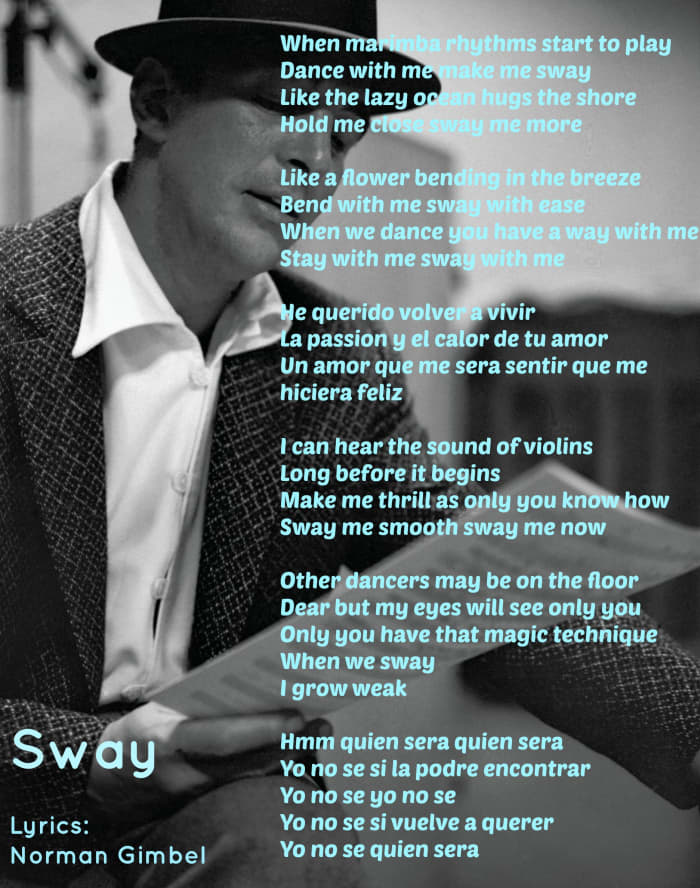 In fact, according to musical rules, the very first TUM in the song is the score ONCE, and chik - chik is not "two - three" at all.
In fact, according to musical rules, the very first TUM in the song is the score ONCE, and chik - chik is not "two - three" at all.
If we take a spherical sound song in a vacuum and put it on the usual tum-chik-chik , then the correct music will be considered as follows: (1) TUM - (2) chik - chik - (3) TUM - (4) chik - chik . This is very conditional, because accounts 2 and 4 will not necessarily always fall on the first "chik". At the will of the musician, the "chick" may be a little earlier or later. Also very common, for example, is the following scheme: (1) TUM - (2) * - chik - chik - (3) TUM - (4) * - chik - chik.
1. Find the downbeats
Many styles of music have a distinct "1" beat (it will be the first note in a piece of music, and is often the first step in a dance).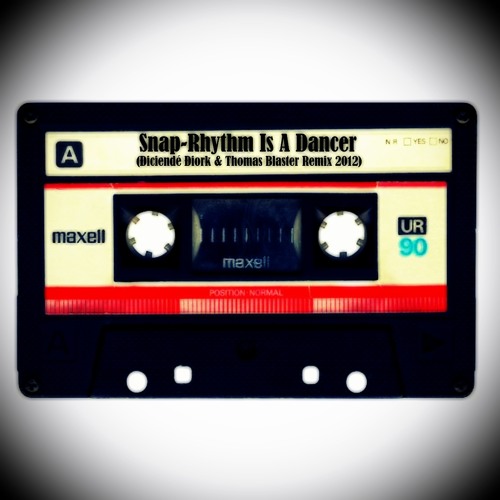 It is usually accompanied by a heavier bass or it is much stronger than neighboring notes.
It is usually accompanied by a heavier bass or it is much stronger than neighboring notes.
At the beginning of this song, the first beat is a quieter note that sounds like a bass. The rhythm goes like this: boom - boom - chick - * . ( * means that the last count is not expressed by any specific sound, in fact it is silence). As a result, the first count is the first, quieter boom in music.
2. Determine when the music repeats
"A bar is a unit of musical meter, beginning with the strongest beat and ending before the next equal in strength."
As a rule, there will be 4, 8, 12 or 16 counts in the music, which will be repeated. Towards the end of each such group of accounts, the musical pattern changes slightly. Our song starts with boom - boom - chick - * , and this picture is (this is bar 1) is repeated many times with slight variations. Every 4 bars (which are 16 counts: 4 pieces of 4 counts), the pattern resumes.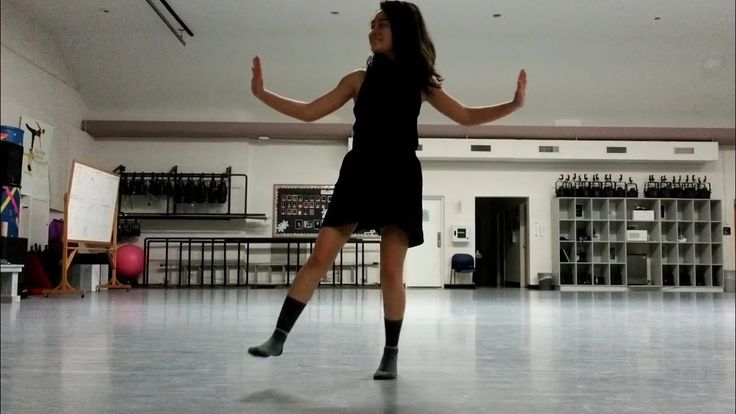 The "1" count will be at the beginning of all these repeating pieces.
The "1" count will be at the beginning of all these repeating pieces.
3. Find the vocal
Vocals often start on or near the count "1" - but not always . Also a common option is after counting "1" or "1-2". In our song, Justin Timberlake starts singing between "2" and "3". Vocal falls on chik instead of boom-boom . The vocals are more varied and therefore not the surest way to start. But if all else is lost, then it's worth a try. At the very least, the vocals will help you spot where the music repeats or breaks into a new piece - this can get you on the right track to the first beat.
4. Find the "double tick".
Many styles (especially salsa, and this is what saved me) have a weak "double chick " right before the "1" count. It raises the musical key, making the strong beat behind it sound much heavier. 100% The double chick appears in various places in the selected song
Studying music theory will be extremely helpful in developing these skills, as well as playing musical instruments.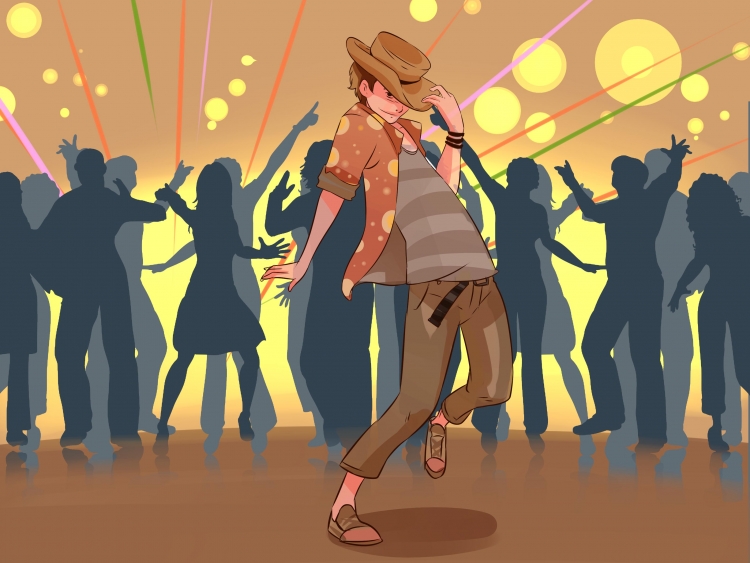 music and specifically work through the exercises above Listen to strong beats, weak beats, no beats, acoustics and other styles of music The more you practice the easier it will become much more difficult than being in a quiet environment, when all your attention is riveted only on the music.0003
music and specifically work through the exercises above Listen to strong beats, weak beats, no beats, acoustics and other styles of music The more you practice the easier it will become much more difficult than being in a quiet environment, when all your attention is riveted only on the music.0003
Instrumentation
Salsa Beat Machine Salsa score. For non-salsa dancers, this will help you understand the sounds that lead to the "1" count. For me personally, salsa was the most difficult rhythm. Once I learned how to find "1" in salsa, I no longer had problems with other styles.
Maintaining the found rhythm
So, you have determined the rhythm. What's next? Pace!
The main task here is to learn how to keep pace. This means that your score must be even. My favorite way is to count and make sure my "one" hits a strong beat. In a Timberlake song, I will count out loud 1, 2, 3, 4... If I notice that my "1" does not match the "1" in the music, then I'm too fast or slow.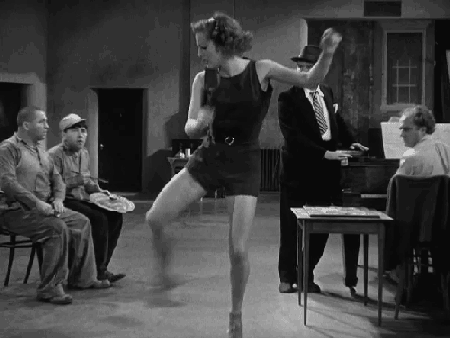 Clapping also helps.
Clapping also helps.
Some people can keep the beat perfectly, but they can't always hit the beat while dancing. This is usually caused by the following: a) you have not fully mastered the movements; b) you have not mastered the rhythm. If you need to work with the rhythm, use steps that you are familiar with and comfortable with (so you don't have to think about them) and focus on counting to the music during the steps. In the end, it will become easy and natural for you.
Tools
Metronome While listening to a song, you can turn on the metronome and play with it until it matches the beat in the song. With a metronome, you don't have to count, it's easier to first understand the logic of the music, and then look for the "1" count in it.
Rhythm Trainer A more advanced version, a basic knowledge of music notation will help you. But even without them, you can figure it out by choosing different designations and listening to how they sound.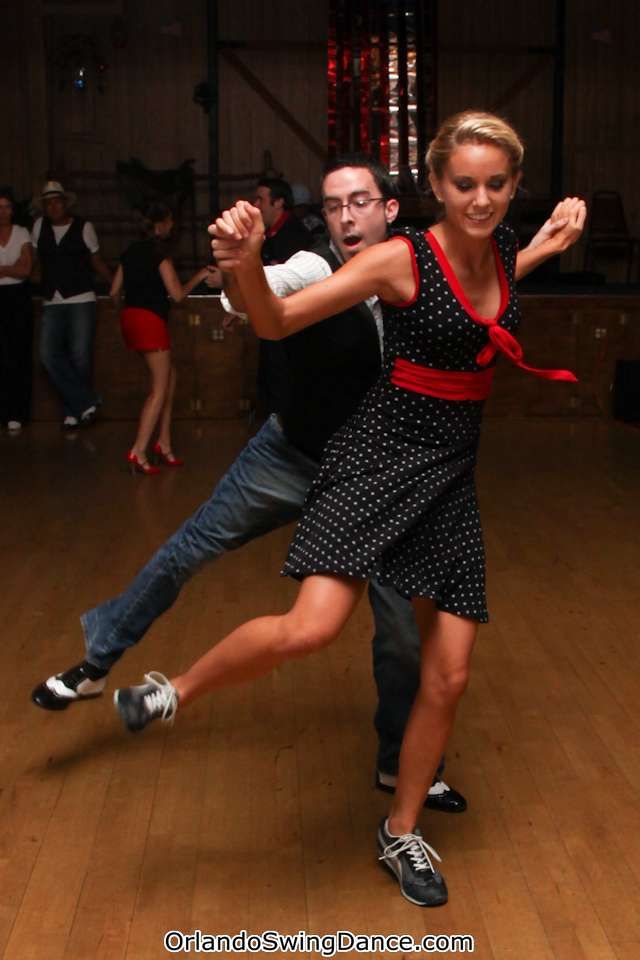 You select at least two rhythms, listen to an audio fragment and set these rhythms in the order in which they were played (A), or look at the notes and select the corresponding audio fragment (B).
You select at least two rhythms, listen to an audio fragment and set these rhythms in the order in which they were played (A), or look at the notes and select the corresponding audio fragment (B).
Dealing with difficult songs
So we already have a good understanding of songs with a strong beat. What happens if we take a song without a distinct beat?
In general, nothing changes, just listen carefully.
Account "1"
Strong shares are also present here. They can be expressed by the piano, the violin, or anything else. There is a distinct "1" score here. The downbeats in this song are the piano that comes right before the vocals.
The song also repeats the musical pattern through piano and vocals. Even if the piano plays like this: chik * * * chik * * * , or chit * chit * chit * chit - this is a musical pattern, and it repeats. Its first note will still be the "1" count.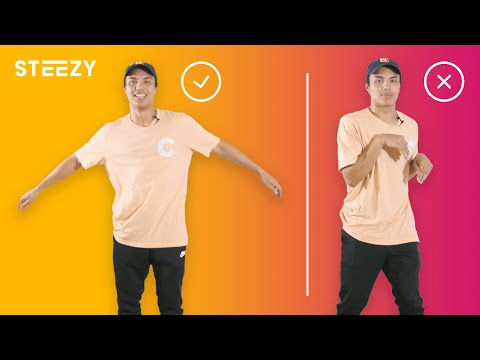 In terms of vocal repetitions, the vocals often end at the "4" count and reappear after the "1" count.
In terms of vocal repetitions, the vocals often end at the "4" count and reappear after the "1" count.
Remember we talked about chik - chik on the "4" count above? This song also has variations on this theme! Every few bars contain a syncopation (irregular rhythm) played by the piano right before the "1" count. This is equivalent to double chik in many rhythmic songs (and in zouk).
Rhythm
I won't lie, this is more difficult. Songs without a consistent beat will require your ability to fill in the gaps. This means that you must take the space between the "1" counts and mentally divide it into equal parts in order to complete the count to 1-2-3-4.
A metronome and other rhythm-finding tools will help you with this. Salsa beat machine can also help if you remove all the extra tools in it and leave only the beat. Special programs for creating remixes are very useful in this sense, but they are not available to everyone.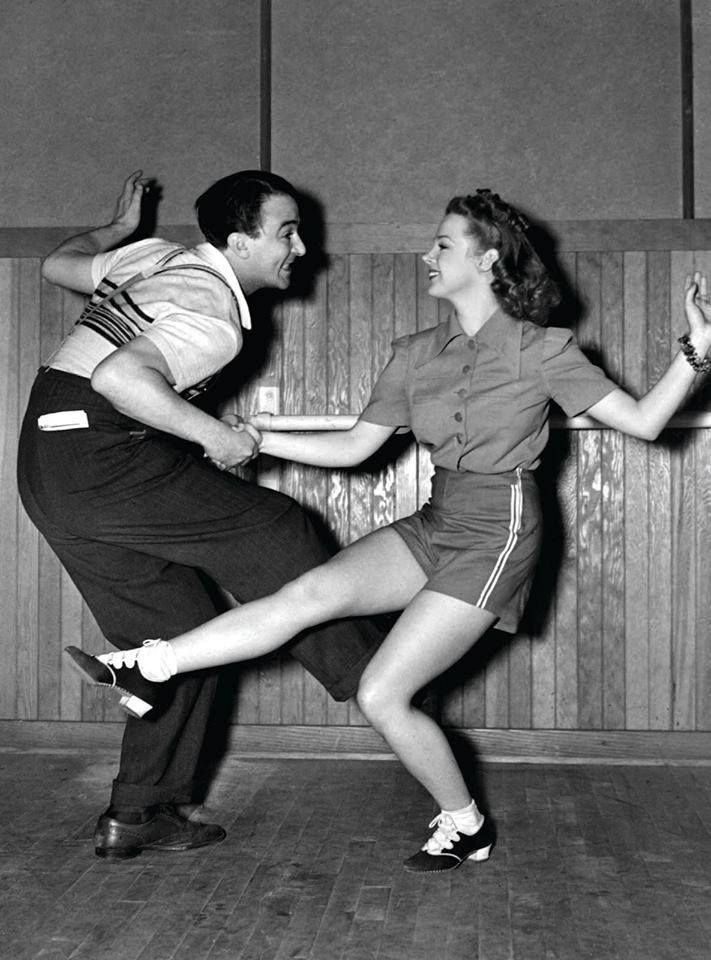
 And if what you want to learn isn’t available, just ask for it and we will create it.
And if what you want to learn isn’t available, just ask for it and we will create it.
